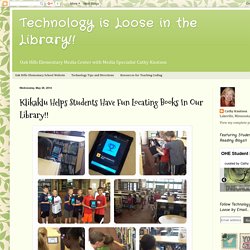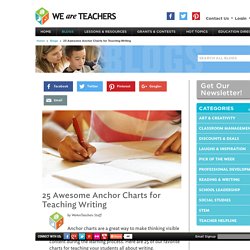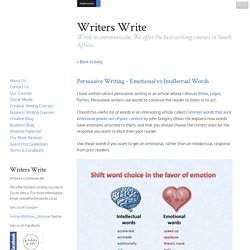

ETA Write Right Bartolo Bryant. ETA Write Right Bartolo Bryant UPLOAD. Essaywriting. Free Apps Every Writer Should Be Using » XO PIXEL. Last week, I read about an app called Klikaklu (which I assume is pronounced Click A Clue) on Richard Byrne's Free Technology For Teachers website.

Richard invited a guest writer/educator, Ben Wiggins, to describe how he had used Klikaklu for a orienteering scavenger hunt with his class. After reading Ben's article, I was so excited to try it in the library with my students! Just to be clear, even though I found the app on a website called Free Technology for Teachers, it is actually only free for seven days! When I realized the trial period was so short, I quickly set about creating a library search for my students that would quiz their location skills. (Also, our last day for book checkout was Friday, so our library shelves are fairly stationary!) This week my classes are trying the library scavenger hunt and I officially love this app! I let the students partner up for their search. 25 Anchor Charts for Teaching Writing. Anchor charts are a great way to make thinking visible as you record strategies, processes, cues, guidelines and other content during the learning process.

Here are 25 of our favorite charts for teaching your students all about writing. The Why Behind Writers Workshops Source: The First Grade Parade First and second graders will draw inspiration from this fun-filled anchor chart about why we write. Make this chart applicable to older students by expanding on each aspect with a specific audience or goal. "To share experiences" can become "to share experiences with friends, in a postcard or with readers in a memoir. " Setting Goals Source: second-grade writing-goals chart sets goals around important writing skills for younger students: punctuation, and vocabulary. Source: Juice Boxes and CrayolasIt's the icing on the cake! Looking for more? Writing prompts — the 180 prompts I actually use. Tips for Keeping Students Engaged.
By far, my most popular blog post is my 5 Tips for Engaging Students in the First Five Minutes of a Lesson.

It has been viewed over 117,000 times since I posted it. At first that surprised me – like, fell-off-my-chair surprised me – but the more I think about it, the more I get it: good teachers deeply want to engage their students – especially teenagers. And this is no simple task. So, consider this my follow up post. You have grabbed their attention in the first five minutes… now what? Let’s be honest: many of us struggle to concentrate on one thing for a full hour. 5 min | Introduction activity 10 min | Lecture-style teaching 15 min | Group/paired work task 15 min | Individual work 5 min | Wrapping up / Consolidation Give students an incentive to get to the end of the lesson.
If you tell students that they won’t get to the treat unless they have completed their tasks for the lesson, they may just work that little bit harder all lesson. Persuasive Writing - Emotional vs Intellectual Words. I have written about persuasive writing in an article where I discuss Ethos, Logos, Pathos.

Persuasive writers use words to convince the reader to listen or to act. I found this useful list of words in an interesting article called Common words that suck emotional power out of your content by John Gregory Olson. He explains how words have emotions attached to them, and that you should choose the correct ones for the response you want to elicit from your reader. Use these words if you want to get an emotional, rather than an intellectual, response from your readers. Click on the link to read the full article. by Amanda Patterson © Amanda Patterson.